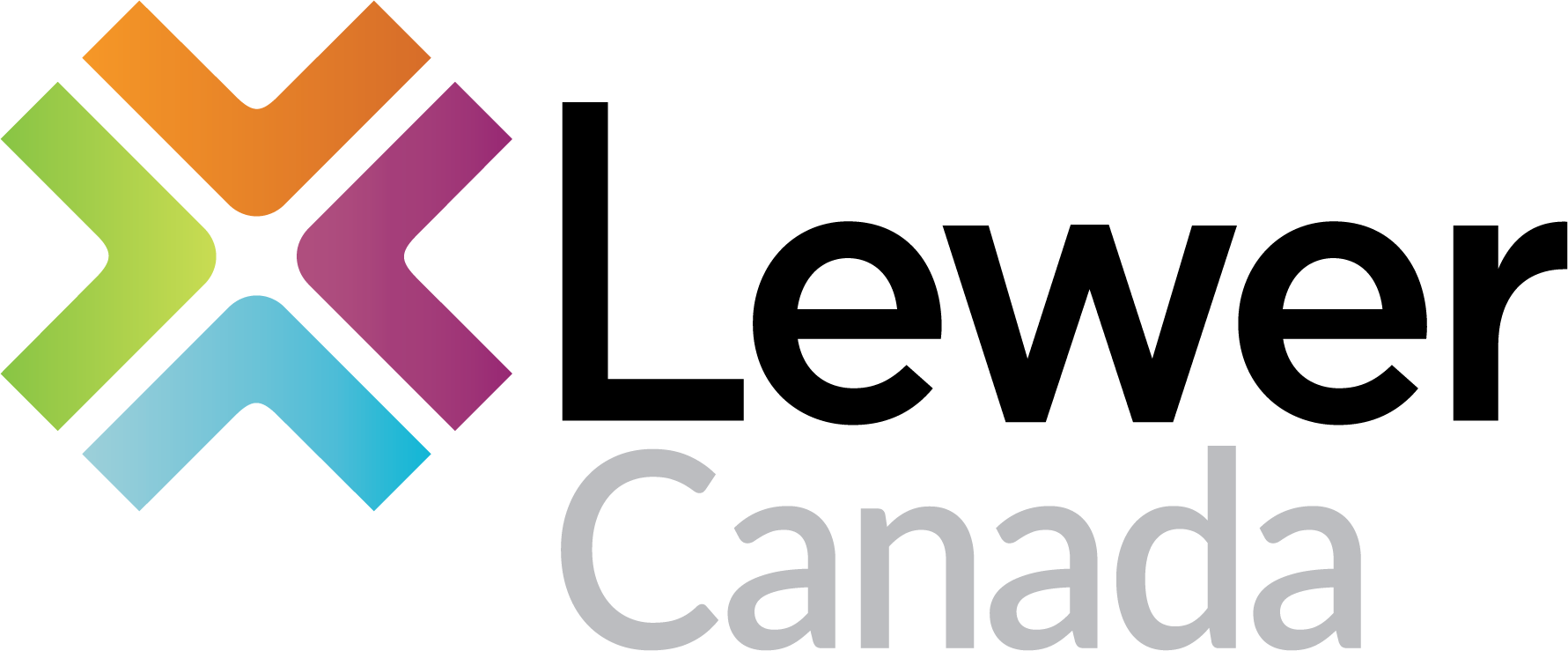We hear reports of insurance fraud and most of us think it probably happened to some big corporation or it is related to an auto collision. What you may not know is insurance fraud occurs more than you realize because the media rarely reports small-scale fraud. We’ll help you recognize the signs of insurance fraud so you can protect yourself, your employees, and your loved ones from inadvertently being involved.
There are two common types of insurance fraud relating to benefits:
1. Plan members and service providers working together
In these scenarios, plan members receive products as opposed to services or other services that are not covered under their employee benefit plan and send in claims for reimbursement. Service providers either pay plan members for their benefits information, or the member and service provider split the proceeds for services that were billed but never received.
An example: a patron goes to a spa, and instead of receiving a massage, they have a manicure and pedicure. The spa provides the patron with an invoice that states the patron received and paid for massage therapy (since this is a paramedical and is covered under the benefits plan) and the patron then submits that invoice as a claim to his or her insurance provider. Then the insurer reimburses the fraudulent claim. This type of fraud is common with paramedical services. If a service provider ever offers you a deal like this, it is recommended that you politely decline and report the service provider to your insurance provider as well as the association the service provider is registered with.
Another example: Leonard works at a retirement home and has surgical stockings covered under his benefit plan. Leonard purchases, claims and gets reimbursed for the surgical stockings when he does not actually require it. After getting reimbursed, he then turns around and sells the stockings to residents at the retirement home who need the stockings. Leonard is making a profit by taking advantage of the retirement home residents. He is also risking being caught and charged with a criminal offence.
2. Numerous plan members working together
Members who are enrolled in the same benefits create a scheme whereby they share and alter receipts to make multiple claims and receive reimbursements from their insurance provider.
An example: Jack and Diane both work at the same company and Diane approaches Jack with a proposition. She has exhausted her yearly maximum for chiropractic services and its only October. She wants to continue going to chiro until the end of the year but does not want to pay for it. Diane asks Jack if he could submit her invoices under his plan as he does not use chiropractic services. She alters her invoice to show Jack’s name, and he submits it under his plan and gets reimbursed. He then pays Diane the reimbursement and perhaps she lets him keep a portion for helping her out.
Another example of this type of fraud occurs when Diane alters her chiropractic invoice she received to multiple dates and submits them all as separate services and gets reimbursed for all of them when she only actually paid for the service one time and on one date. She is making a profit from doing this and is putting herself at risk for severe consequences.
Insurance providers conduct random audits by following up with service providers to ensure that the invoices received by members are accurate for names, dates, and amounts.
Most fraud is found in the paramedical benefits as paramedical service providers have fewer regulations compared to medical fields. There aren’t as many governing associations whose main objective is to oversee professionals in those specific paramedical fields. Pay direct cards, which many insurance companies only use for prescription drug purchases, significantly reduce the risk of fraud as opposed to members paying for services/products and then getting reimbursed.
As a member enrolled in the group benefits plan, it is your responsibility to protect your personal information and keep up to date on all claims being submitted under your plan.
We recommend the following tips for you and anyone else who claims under your group benefits plan:
- Don’t ever sign a blank claim form for a service provider
- Never share the password for your claims submission account
- Check your online claims submission account often for accuracy
- Don’t let a claim for one service be submitted under another service
- Stand your ground and don’t let any service provider, coworker or any other person talk you into committing insurance fraud
- Ensure your service provider is legitimate by checking their registration and standing and the provincial association for that type of therapy or service
To make it easier for you to find a registered practitioner or check the status of your current practitioners we have put together this quick reference chart:
Consequences of Insurance Fraud
According to the Criminal Code of Canada those who are guilty of fraud under $5000 could receive punishment of imprisonment for up to two years. For fraud over $5000 they could receive imprisonment of up to 14 years. Knowingly committing fraud may save someone a few dollars but in the long run it’s just not worth it!
If you or someone you know has encountered a fraudulent situation and are unsure what to do we recommend calling 1-877-IBC-TIPS to report fraud anonymously.

